How to Combine Lake Mburo with Gorilla Trekking Safaris
The Ultimate Ugandan Safari Experience
For travelers seeking a comprehensive Ugandan safari adventure, combining Lake Mburo National Park with gorilla trekking in Bwindi Impenetrable Forest or Mgahinga Gorilla National Park offers a multifaceted experience. This approach blends classic savannah wildlife viewing with the rare and intimate encounter with mountain gorillas, providing a balanced journey that appeals to wildlife enthusiasts, photographers, and adventure seekers alike.
Lake Mburo, with its rolling savannahs, lakeshore vistas, and diverse fauna, offers a softer, accessible safari experience, ideal for acclimatization and warm-up before the challenging yet rewarding trek into gorilla habitats. Gorilla trekking, on the other hand, immerses travelers in dense montane forests, presenting an unparalleled opportunity to witness primate behavior, social structures, and family dynamics in one of the world’s most biodiverse regions. By combining these two experiences, travelers are able to explore Uganda’s remarkable ecological range, from open plains and wetlands to mist-shrouded forests and volcanic landscapes.
This article explores how to strategically combine a Lake Mburo safari with gorilla trekking, detailing logistics, itinerary planning, travel considerations, wildlife encounters, and the benefits of engaging with expert tour operators such as WildHorn Africa.
Understanding Lake Mburo National Park
Lake Mburo, located in western Uganda near Mbarara, is Uganda’s smallest savannah park, yet it offers remarkable biodiversity and scenic variety. Its landscapes consist of rolling hills, open grasslands, acacia woodlands, papyrus swamps, and rocky outcrops, creating habitats for zebras, impalas, elands, hippos, and a plethora of bird species.
The park’s accessibility makes it particularly suitable for travelers who are preparing for more strenuous activities such as gorilla trekking. Game drives in Lake Mburo are flexible and family-friendly, allowing visitors to acclimatize to safari conditions, practice wildlife photography, and observe African fauna in a relatively relaxed setting.
Activities available in Lake Mburo include guided game drives, walking safaris, cycling tours, and boat excursions. Each activity provides an intimate interaction with the environment and introduces travelers to Uganda’s conservation efforts, including wildlife protection programs and community engagement initiatives. By starting a Ugandan safari in Lake Mburo, visitors can ease into the country’s terrain and climate, preparing both physically and mentally for the demanding gorilla trekking experience.
Preparing for Gorilla Trekking
Gorilla trekking, conducted primarily in Bwindi Impenetrable Forest and Mgahinga Gorilla National Park, is a physically demanding activity that requires preparation and endurance. Trails are often steep, muddy, and densely vegetated, with altitudes ranging from 1,160 to 2,600 meters above sea level. Trekkers must be prepared to navigate uneven terrain, thick undergrowth, and unpredictable weather conditions, particularly during the wet seasons.
Permits are mandatory for gorilla trekking and must be secured in advance due to high demand and limited availability. Guides, who are highly trained in gorilla behavior, forest navigation, and safety, accompany each group to ensure a safe and controlled encounter. These experts also provide ecological and behavioral insights, enriching the experience and highlighting the importance of conservation.
Physical preparation is advisable for trekkers, including moderate cardiovascular exercise, strength training, and hiking practice. Appropriate clothing, sturdy footwear, gloves, and rain gear are essential, along with hydration packs, insect repellents, and lightweight backpacks. By preparing adequately, travelers maximize both comfort and safety while ensuring minimal disturbance to gorilla groups.
Strategic Itinerary Planning
Combining Lake Mburo with gorilla trekking requires careful itinerary planning to optimize time, reduce travel fatigue, and enhance the overall safari experience. Most itineraries begin in Lake Mburo due to its location near Mbarara and its accessibility from Kampala or Entebbe International Airport. A typical schedule involves two to three days in Lake Mburo, followed by travel to Bwindi or Mgahinga for the gorilla trekking component.
While in Lake Mburo, early morning game drives, walking safaris, and boat excursions provide exposure to zebras, antelopes, hippos, and abundant birdlife. Accommodation at family-friendly or mid-range lodges ensures comfort and recovery, preparing travelers for the physical demands of trekking. After completing the Lake Mburo segment, the journey continues southwest, often passing through scenic tea plantations, rolling hills, and volcanic highlands before reaching the gorilla habitats.
By structuring the safari in this manner, travelers are able to transition from open savannah ecosystems to dense montane forests gradually, improving acclimatization and enhancing the ability to enjoy each unique environment.
Wildlife Encounters: From Savannah to Forest
Lake Mburo provides a classic African safari experience, where zebras, impalas, elands, warthogs, and various predators can be observed in their natural habitats. Walking safaris allow closer encounters, emphasizing tracking skills, footprint identification, and ecological interpretation. Birds such as African fish eagles, kingfishers, herons, and shoebills add avian diversity to photographic opportunities.
Gorilla trekking introduces travelers to entirely different wildlife interactions. Mountain gorillas live in tightly-knit family groups, displaying social behaviors, hierarchical structures, and nurturing interactions. Observing silverbacks, mothers, infants, and juveniles in the dense forest provides rare insights into primate behavior and the dynamics of endangered species. Other forest inhabitants, including monkeys, duikers, forest birds, and an array of endemic flora, complement the trekking experience.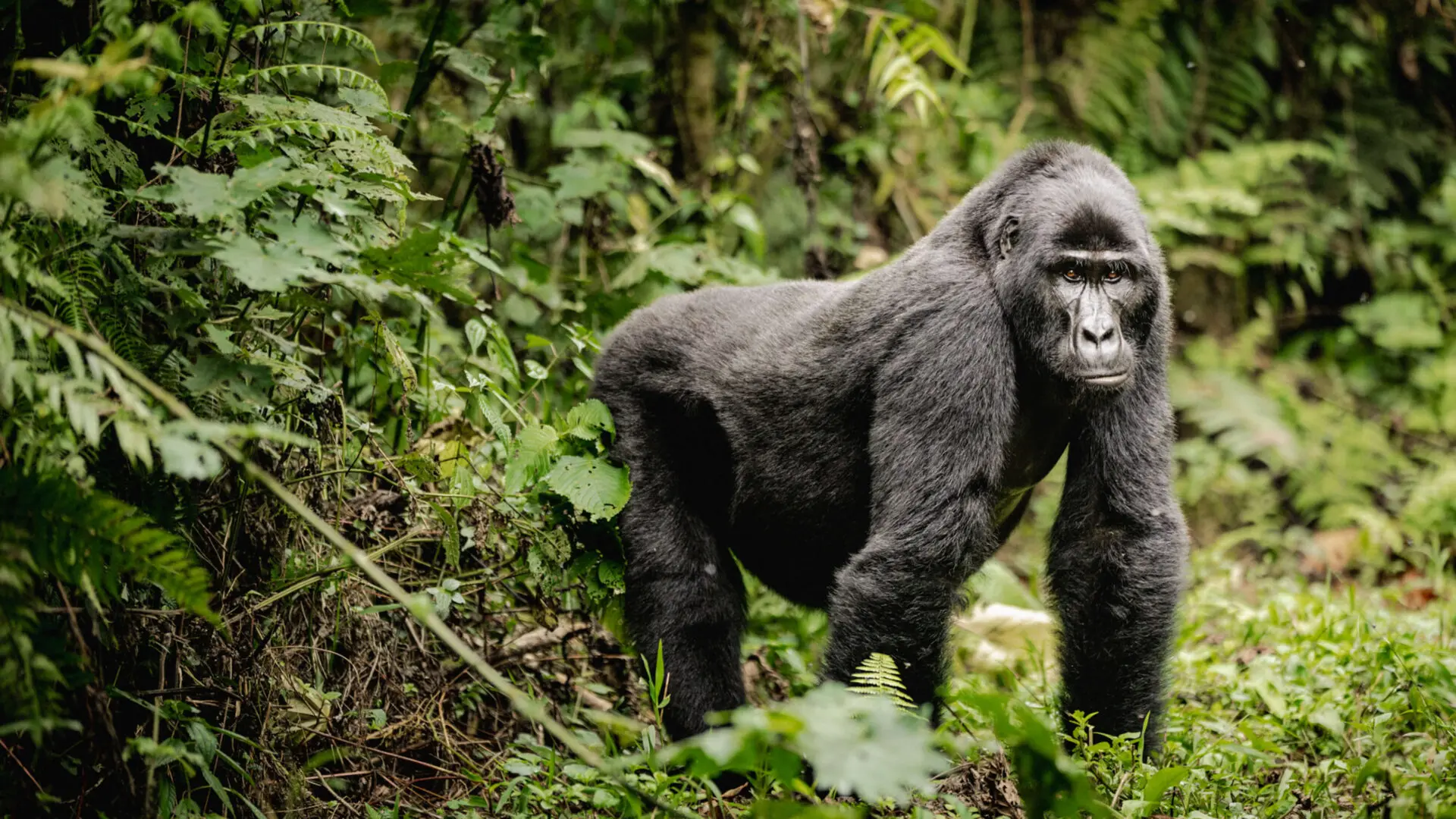
The juxtaposition of wildlife experiences—from the open plains and lakeshores of Lake Mburo to the intimate, misty forests of Bwindi or Mgahinga—creates a multidimensional understanding of Uganda’s biodiversity, emphasizing both ecological contrasts and conservation priorities.
Travel Logistics and Accessibility
Traveling between Lake Mburo and the gorilla trekking regions requires careful consideration of road conditions, transportation options, and timing. The drive from Lake Mburo to Bwindi typically takes six to eight hours, traversing Mbarara, Kabale, and Kanungu districts, offering scenic vistas of the western highlands and agricultural landscapes. Roads may be rough in certain stretches, so reliable transportation and experienced drivers are essential.
Lodges near Bwindi or Mgahinga provide proximity to trekking trailheads, minimizing early morning travel. This allows trekkers to begin expeditions at dawn, when gorillas are most active, and return comfortably to lodges for rest and meals. Combining professional guides for both Lake Mburo and gorilla trekking ensures continuity in wildlife interpretation, safety standards, and logistical efficiency.
Seasonal Considerations
Both Lake Mburo and gorilla trekking areas experience distinct seasonal variations that affect wildlife visibility, trail conditions, and travel comfort. Dry seasons, from June to August and December to February, offer more reliable road conditions, easier trekking, and higher visibility for game drives and photography. Wildlife tends to congregate around water sources, providing predictable sightings in Lake Mburo.
Wet seasons, from March to May and September to November, present challenges due to muddy trails and slippery terrain in gorilla habitats. However, these months also bring lush vegetation, vibrant bird activity, and increased chances of observing newborn wildlife, adding educational and photographic value. Season selection should balance physical demands, wildlife preferences, and travel convenience.
Safety and Preparedness
Safety is a priority when combining a Lake Mburo safari with gorilla trekking. In Lake Mburo, guides emphasize safe distances from wildlife, responsible vehicle behavior, and adherence to park regulations. Gorilla trekking requires strict observance of rules, including maintaining one-to-three meters distance from gorillas, limiting group size, and avoiding direct eye contact or loud noises.
Travelers are advised to carry first aid kits, water, snacks, and communication devices, as well as wear suitable clothing and sturdy footwear. Guides are trained in emergency protocols, wildlife behavior, and environmental hazards, ensuring a controlled and secure experience. By following these guidelines, travelers can enjoy both safari environments safely and respectfully.
Photography Opportunities Across Ecosystems
Combining Lake Mburo with gorilla trekking provides exceptional photographic diversity. In Lake Mburo, zebras and antelopes can be captured against golden plains, lakeshores, and acacia-studded horizons, while birds and small mammals offer close-up subjects for nature photography. Sunrise and sunset lighting enhances the richness of colors and textures, making game drives particularly rewarding for photographers.
Gorilla trekking shifts the photographic challenge to low-light, dense forest conditions. Capturing gorilla behavior, infant interactions, and forest panoramas requires careful attention to exposure, focus, and composition. Telephoto lenses are essential for capturing intimate moments without disturbing wildlife, while wide-angle shots can contextualize the gorillas within their lush, mountainous habitat. The combination of open savannah photography and dense forest imagery ensures a comprehensive portfolio of Uganda’s ecological diversity.
Accommodation Considerations
Lodges and tented camps in both Lake Mburo and gorilla regions cater to comfort, accessibility, and safety. In Lake Mburo, family-friendly and mid-range lodges provide private rooms, communal spaces, and proximity to game drives. In Bwindi or Mgahinga, lodges near trekking trailheads offer easy access for dawn departures, with amenities such as hot water, electricity, and guided interpretive services.
Selecting accommodations that balance comfort, location, and affordability ensures that travelers can enjoy both safari components without fatigue or logistical challenges. Many lodges also support eco-friendly practices and community engagement, aligning the safari experience with conservation objectives.
Combining Educational and Cultural Experiences
A combined Lake Mburo and gorilla trekking safari offers educational enrichment through wildlife observation, guided interpretation, and cultural encounters. Visitors can learn about species behavior, ecological interdependence, conservation challenges, and human-wildlife interactions. Cultural visits to Banyankole communities near Lake Mburo or Batwa communities near Bwindi provide insight into traditional livelihoods, land stewardship, and local conservation initiatives.
Children and adults alike benefit from these experiences, fostering environmental awareness, ethical tourism practices, and appreciation of Uganda’s cultural diversity.
The Comprehensive Ugandan Safari
Combining Lake Mburo with gorilla trekking offers a holistic and unforgettable safari experience, encompassing open savannahs, lakeshores, rolling hills, and dense montane forests. Travelers encounter zebras, antelopes, hippos, and a wide array of bird species, followed by an intimate and rare glimpse into the lives of mountain gorillas.
This combination allows for gradual acclimatization, diverse photographic opportunities, educational enrichment, and safe, guided exploration. Families, photographers, and wildlife enthusiasts alike can enjoy a seamless journey across Uganda’s most remarkable landscapes. For travelers seeking expert guidance, seamless logistics, and transformative experiences, booking Africa tours and safaris with WildHorn Africa ensures a professionally organized, safe, and immersive adventure that combines the best of Lake Mburo and gorilla trekking.

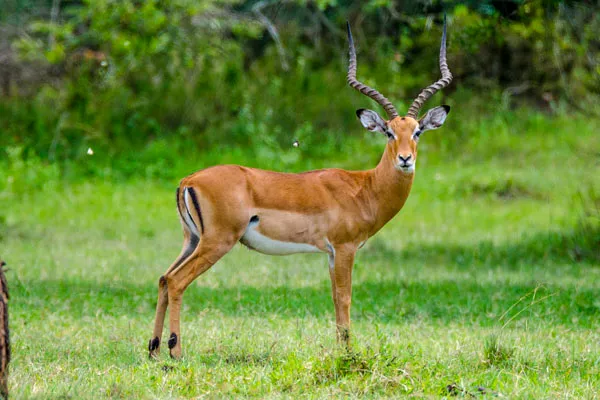
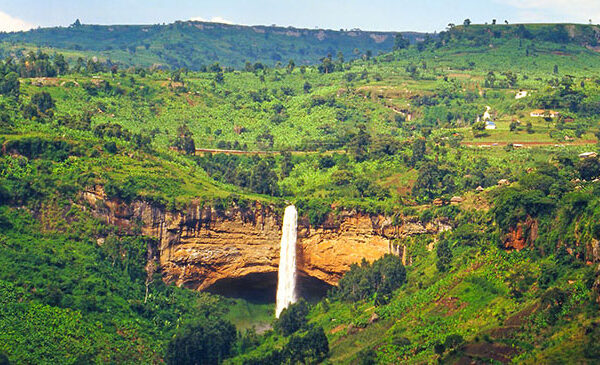
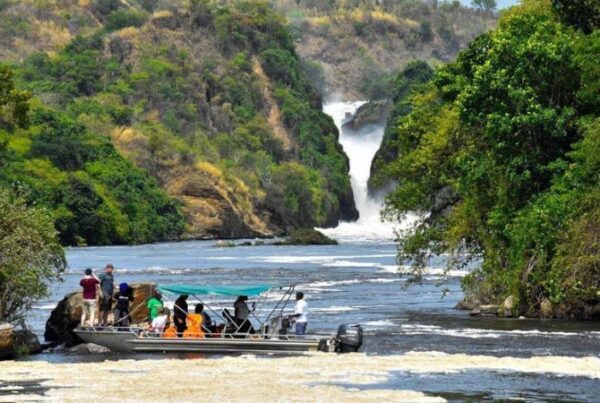
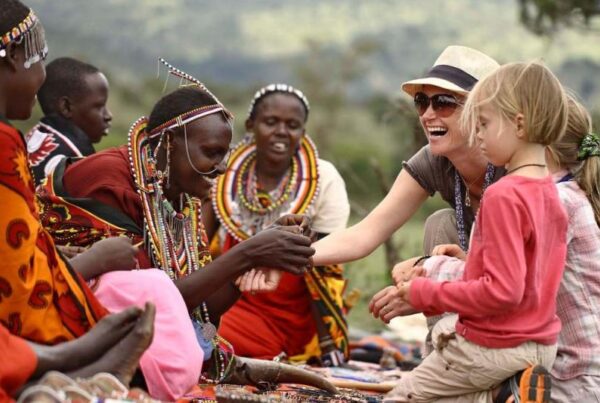
 WildHorn Africa – Authentic and unforgettable tours across Africa, guided by local experts who know the land, wildlife, and culture best.
WildHorn Africa – Authentic and unforgettable tours across Africa, guided by local experts who know the land, wildlife, and culture best.


